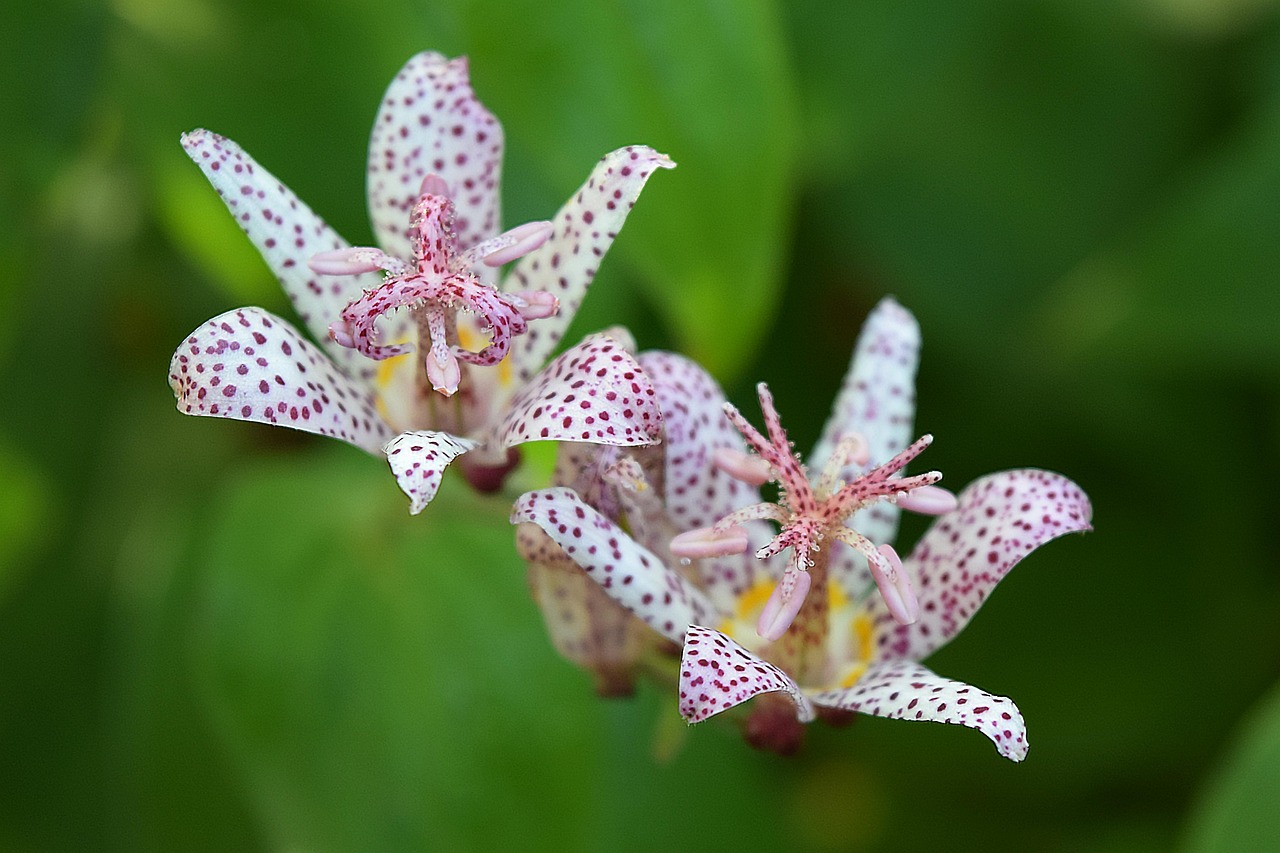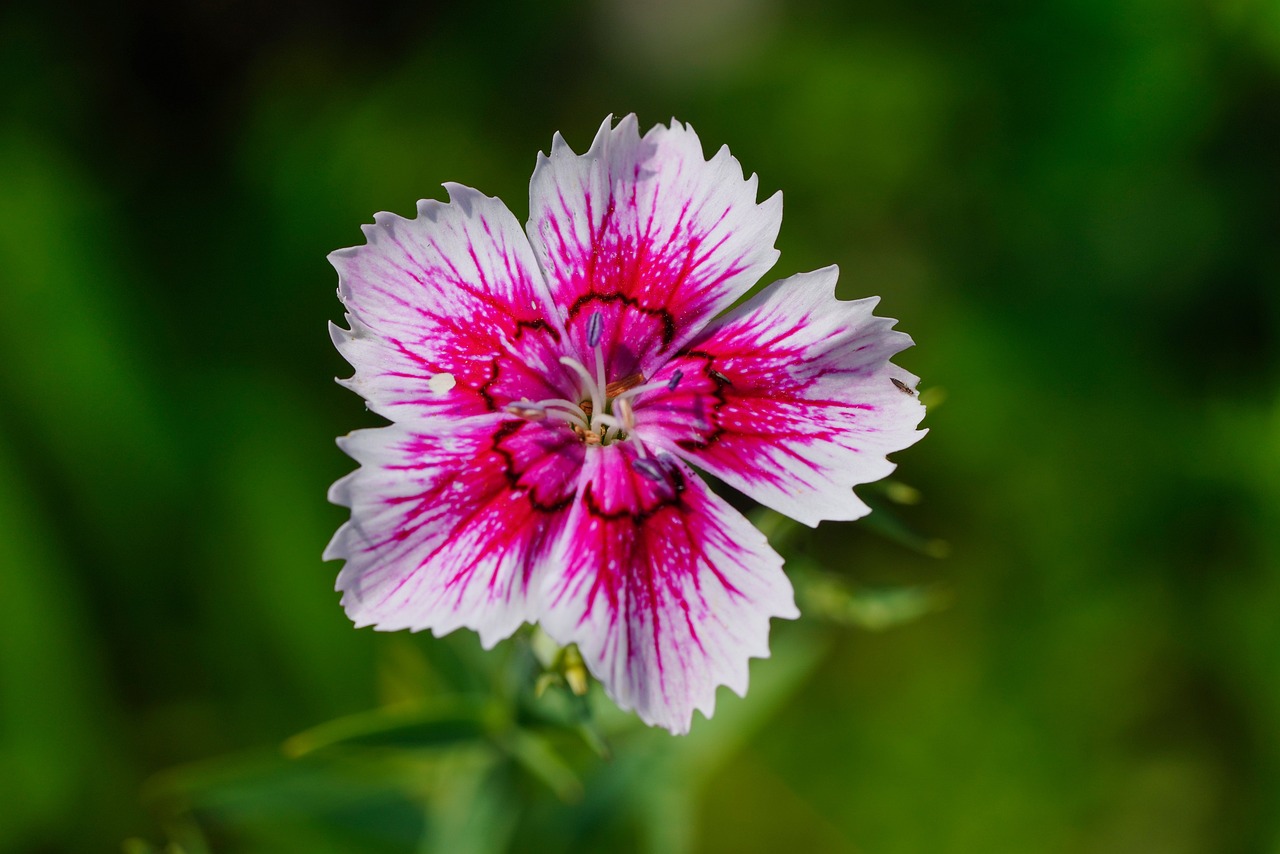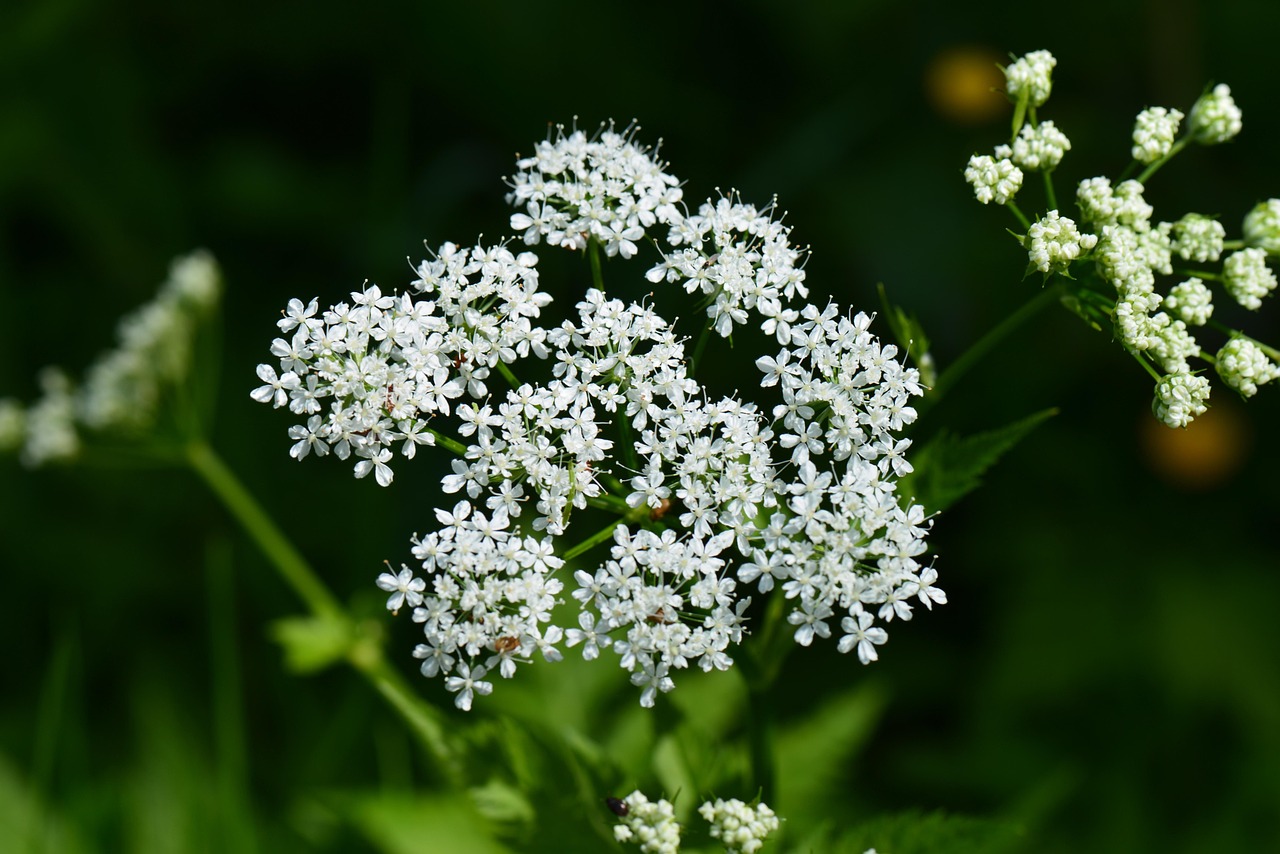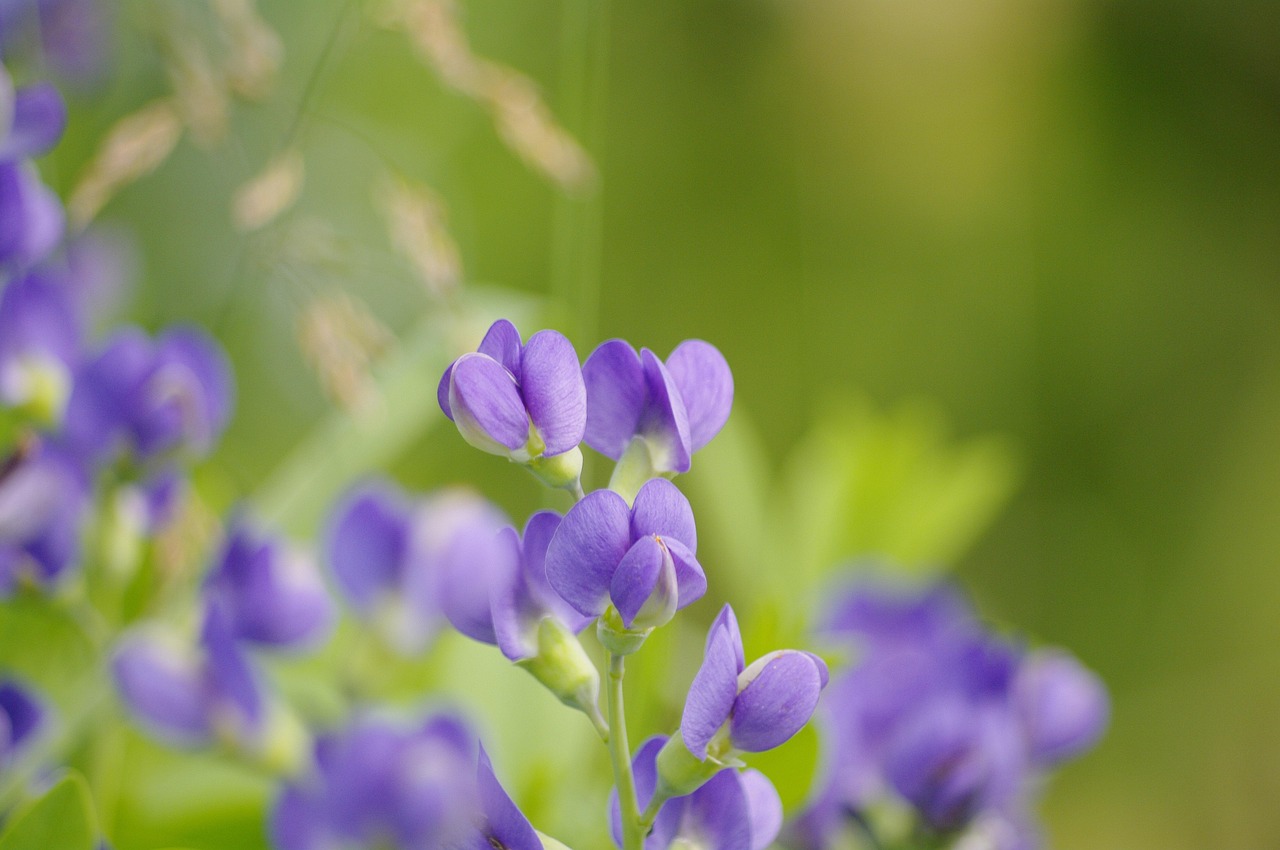Taiwan Toad Lily | A Spotted Flower Blooming in the Mountains of East Asia

The Taiwan Toad Lily is a perennial plant distinguished by its unique spotted flowers.
I can find it growing naturally in the mountainous regions of Japan and Taiwan. Since it thrives in partial shade, it is well-suited for shaded gardens or container planting. Blooming from summer to autumn, it offers long-lasting enjoyment and is highly valued among gardening enthusiasts.
In this article, I will provide detailed information about the Taiwan Toad Lily, including its basic characteristics, cultural and historical background, and tips for cultivation.
Basic Information
- Scientific Name: Tricyrtis formosana
- Family: Liliaceae
- Origin: Taiwan, Japan (Okinawa)
- Appearance: The plant grows to a height of about 30–80 cm, with slender leaves. Its star-shaped flowers, white or pale lavender with purple spots, have a distinctive beauty.
- Blooming Season: July–October
Cultural Significance Worldwide
The Taiwan Toad Lily has long been cherished in Japan and Taiwan, where it is regarded as one of the symbolic flowers of autumn.
In Japan, flowers of the Tricyrtis genus are used in tea ceremony flower arrangements. Their subdued elegance has made them popular in Japanese gardens and temple landscapes. In the world of tea ceremony, this modest beauty is considered to embody the aesthetics of Japanese culture.
In Taiwan, the flower is valued as part of the natural landscape of mountainous regions. It is often seen along hiking trails and in forest parks. Conservation efforts are also underway to protect wild Tricyrtis species, reflecting the plant’s ecological importance.
In Western gardening culture, the Taiwan Toad Lily is admired for its exotic appearance and is appreciated as a plant for shaded gardens.
In North America and the United Kingdom, it is often referred to as the “Taiwan Lily” or “Spotted Lily.” Its relatively high cold tolerance makes it suitable for gardens in temperate climates.
Historical Background
Although the Taiwan Toad Lily has long been known in Japan and Taiwan, it was introduced to Europe only in the late 19th and early 20th centuries.
Western botanists collected the plant in Taiwan’s mountainous areas, and it was later cultivated in botanical gardens in Britain and France.
In Britain, during the Victorian era, it was admired as an “exotic Asian flower” and became a popular choice for shaded gardens and greenhouse cultivation.
In France, it was incorporated into garden culture as a plant whose delicate flowers added an elegant atmosphere.
In Japan, species of the Tricyrtis genus have been familiar since the Edo period, frequently appearing in haiku and waka poetry. As a flower that evokes the spirit of autumn, it is often celebrated in traditional literature.
Gardening Advice
The Taiwan Toad Lily is relatively easy to grow, but proper care is needed to enjoy its beautiful flowers.
Light
Prefers bright shade or partial shade. Direct sunlight may cause leaf scorch, so a location with filtered sunlight is best.
Watering
Likes moderate moisture but is weak against overwatering. Well-drained soil is essential. In summer, water in the morning or evening to prevent dryness.
Soil
Prefers well-drained soil rich in humus. Heavy clay soils can be improved with sand or perlite.
Fertilizer
Apply slow-release fertilizer during the growing season to encourage flowering. Avoid overfertilization, which can cause excessive foliage growth.
Pruning
Remove spent flowers after blooming to direct energy toward new growth.
Cold Tolerance
Fairly hardy, but in colder regions, mulching around the base in winter provides extra protection.
Conclusion
The Taiwan Toad Lily is a perennial plant with delicate spotted flowers, long cherished in Japan and Taiwan.
In Japan, it has been loved as a tea flower and planted in gardens and temple landscapes. In Taiwan, it is so highly valued that conservation projects have been launched to protect its natural habitats.
Introduced to Europe in the late 19th century, it became popular in Victorian gardens as a plant for shaded areas.
When cultivating, I recommend placing it in partial shade, keeping the soil moderately moist, avoiding overwatering, and applying fertilizer sparingly. This care allows the enjoyment of its uniquely beautiful flowers.
With its refined charm, the Taiwan Toad Lily adds a graceful atmosphere to any garden.




